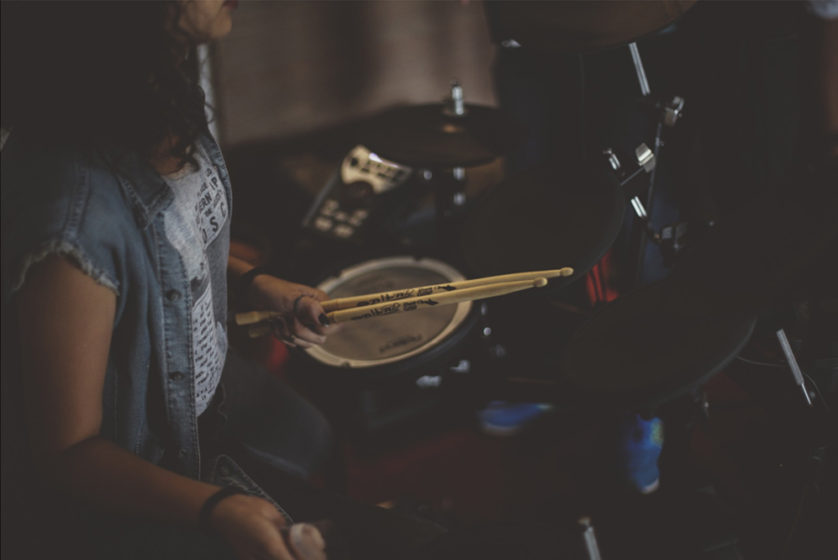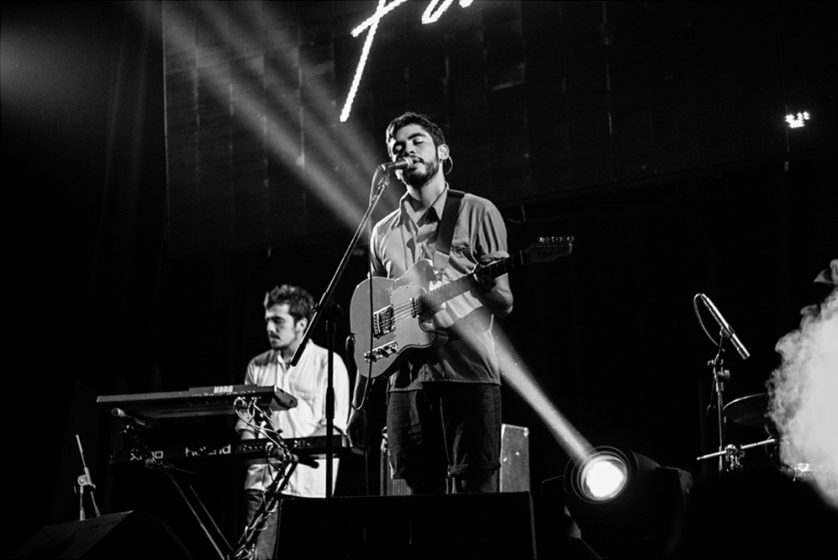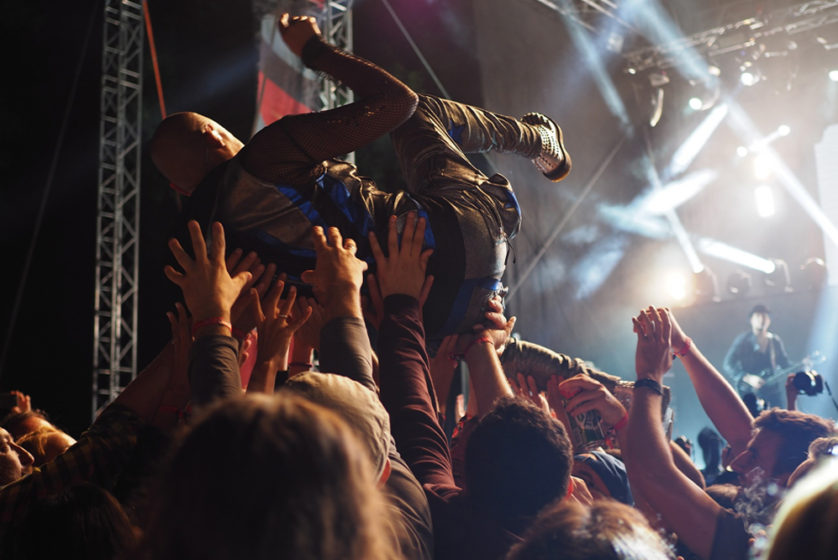Live music photography can be dramatic, exhilarating and challenging. Low lighting and restricted space means that you need to get creative and be patient. Choosing the right moment to capture the perfect image in the midst of the erratic movements, loud music and ever-changing light. Oh, and there is also the fact that most of the time- flashes aren’t permitted. But never the less, it can be an elating and fulfilling experience, especially when you capture a priceless image. Read on to discover some of our top tips for shooting at live concerts.
Choose a ‘fast lens’
Many bands play to packed venues – whether they are large or small, loyal fans means limited space. Shooting with a wide-angle lens is necessary as the crowds means you don’t have much space to move back. You will also need a ‘fast’ lens; a lens with a small aperture number. The low light that you are dealing with means that you will need to let as much light as possible into the camera, and you can achieve this by setting your lens to the smallest aperture number.

Set Your Shutter Speed
The shutter speed is another element that is used to achieve the correct exposure. The length of time that the shutter stays open and allows the light to hit the sensor is known as ‘shutter speed’. The shutter speed will control the effect of motion in your image; fast shutter speeds freeze any action or movement, and slow shutter speeds create a ‘blur’ of the movement.
Using a fast shutter speed will enable you to get super sharp images of individuals; great for capturing facial expressions and emotions. Many photographers choose to use fast shutter speeds for the majority of their time at live concerts, and use slow shutter speeds to blur parts of an image. For instance, shooting a blurred image of drumsticks or a guitarists hand to capture the movement that is an integral part of the music.
Be Aware of Obstructions
You need to keep in mind that the band are there to play, they aren’t there for a photoshoot. A live band means lots of equipment, and this may present itself as a challenge to you. Speakers and microphone stands are the repeat offenders. Make yourself familiar with the set and figure out the best position that you can shoot from. You will want to see the band members clearly; a good technique is to frame your first shot and wait for the band to move into it.

Play with Angles
As with every image that you capture – composition is everything. Take time to study your subject and find the angle that suits them. In reality, you may find yourself restricted because you will be limited to the front or the side of the stage, and often your images will be taken from a low angle. To make the images more dynamic, you could use equipment and instruments to frame the photo or lead the viewer’s eye.
Make Press Contacts
Whether this is a career move or a just a personal interest, receiving accreditation or even payment for the pictures you love shooting is positive! It’s worth reaching out to the publications or websites that feature bands and concert photography or music journalists who may want images to accompany their articles. It will catapult your personal brand and may even provide further opportunities.
Listen To The Music
Listening to the music before a show will allow you to identify specific points in the music where there might be an emotion or movement that you want to capture. It will also allow you to listen to the patterns in the music and how they will translate in your pictures and the time that you have to move around between the pivotal moments. Whether it’s a blast of light, a stage dive or interaction between the singer and the audience – these can be the most compelling images that you capture. Watching videos of the bands live performances gives you a good platform to anticipate the movements to expect and what you might want to capture.
